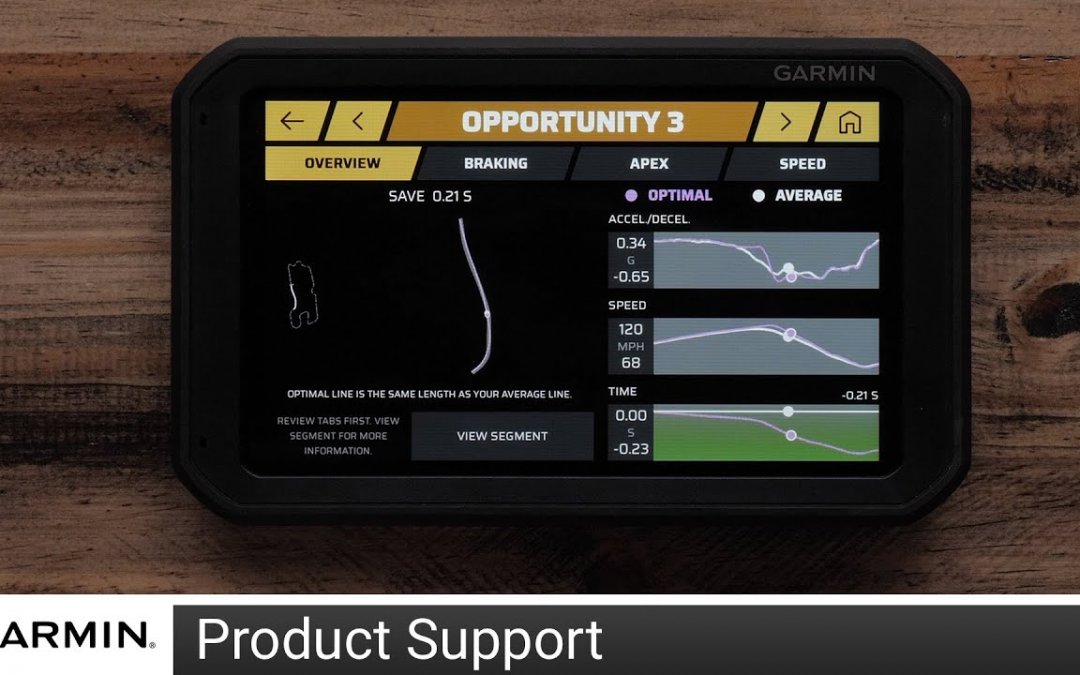by Ross Bentley | May 21, 2018 | Ask Ross
Q: “I have been bleeding the tires when they are hot, to a targeted pressure and using chalking to try and determine if the targeted pressure is high or low. This has worked okay, but not ideal as I still ended up burning off the three middle sections of my rear tires with little wear on the outside sections. I’m looking to doing tire temp readings after each run, checking inside, outside and middle to determine if the tire pressure is correct. My challenge is I’m usually by myself at the track and getting the 12 temps and 4 air pressures after a run, in time to be valuable will be a challenge. Any insights on tools, techniques for tire management in the dry and wet would be greatly appreciated.”
by Ross Bentley | Dec 25, 2017 | Ask Ross
Q: “How does the Bump/Rebound/Spring Ratio settings in the rear suspension affect a cars handling? I’m driving a FVee with zero roll suspension. So I don’t know how the suspension basics differs from a more conventional suspension. My main struggle with this car is that it turns in well, but mid-corner when I try to get back on the throttle it understeers a lot, so I end up having to release/accelerate a few times during the corner to get the car to the line I want. A few times I managed to get the car in the perfect mini-drift that rotated the car just enough to be able to get on throttle and exit cleanly. But it wasn’t easy to replicate. So how much of this can I improve with my driving and how? And what can I do with the setting to help out?”
by Ross Bentley | Aug 7, 2017 | Ask Ross
Q: “My question is: Which is more important, tire pressures or tire temps? Or more importantly, how they influence each other respectively.”

by Ross Bentley | Oct 5, 2020 | Ask Ross
Q: “I’ve recently heard a lot about the Garmin Catalyst. Can you tell me about it – what it does, and can it help me?” A: First, I was involved as a consultant during the development of the Garmin Catalyst, and yet, I’m not an expert on every little detail...
by Ross Bentley | Nov 30, 2020 | Ask Ross
Q: “Years ago I did a coached track day at Spa-Francorchamps where the coach encouraged me to brake gently to ‘stabilize the car’ during the weight transfer in a quick ‘right-left’ sequence (the corners between the long downhill double-left of Pouhon and the 90-degree right of Campus – corners sometimes called ‘Fagnes’). I found this puzzling at the time and dismissed it as it didn’t seem to fit my ‘mental model’ of smooth weight transfer – why would you want to move the weight/mass from the left, to the front, then to the right? Instead I concentrated on just trying to give the car a short piece of ‘straight’ between the corners so the weight didn’t go directly from the left to the right – I left the braking bit out. Recently I was re-watching the DVD ‘Drive to Win’ filmed at Mt Tremblant circuit, and again the coach was mentioning a left-right sequence where you should brake between the bends to ‘stabilize the car’ and I wondered… is there ever any reason why you would want to do this? Does engaging the brake pads with the discs give any sort of stabilizing effect?”
by Ross Bentley | Jan 22, 2018 | Ask Ross
Q: “How do I find and select a driver coach?”
A: First, I have a personal interest here, so be forewarned and take that into consideration. And there are many factors to consider when finding and selecting a driver coach, so this is not as simple a question as it seems! It’s a big topic that I could almost write a book on – so this is not a short answer!

